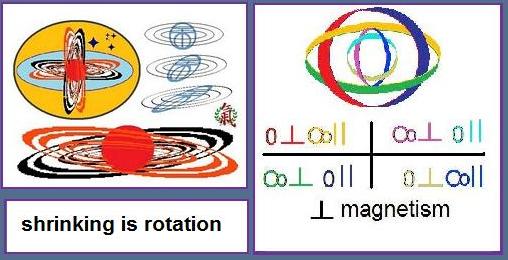
The Oriental Perspective on Painting and the Quasic Field
The differences in how we view space, especially in a cultural tradition as in the West from the beginning of study of perspective, and the East which to some eyes appears flat and simpler without perspective, reflects how we see and interpret the physical basis of our reality. The East is very much I Ching influences on what is the host or the slave, say in the arrangement of trees. The idea of heaven and earth and male and female which can cover the canvass with themes, even for the mountains, that are embedded as themes in themes as representations in a recursive yet motionless fractal like manner scrolling through space top to bottom.
As with the reading of the binary I Ching the painter can apply these principles on a higher level intuitively beyond technique and with expertise ever trying to feel the terrain mirrors what is mechanical or of a wider sensitivity in art.
What one picture would you paint given but one canvass, one lifetime? If, as our global cultural perspectives converge, we allow the tortoise as one of the greater seasonal animals with the phoenix and dragon and crane, and the snake is with the tortoise a symbols of yin and yang- what then of the Chi that a third perspective say of height and flight looks down from some abstract space outside the canvass.
* * *
Sunday August 9th:
An error in the above post, the mystical animals presumably from the stars and seasons are the Phoenix, Dragon, Tortoise and the Unicorn.
The idea of perspective is indeed worth exploring and I find there has been some speculation. In the Oriental ideas of point of view there is the perspective looking up, in depth and looking down from a more or less level or flat view. In fact a frame can ruin the unity of such a painting which implies openness.
What do we see in four-space and that point of view as perspective? Certainly in the West the Mother and Child icon is a deeper metaphysical idea than that of space perspective alone.


No comments:
Post a Comment